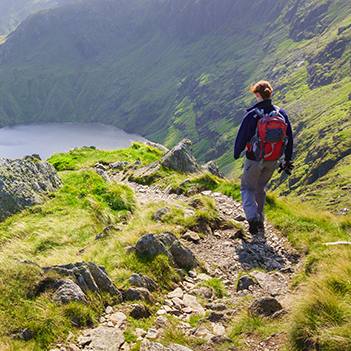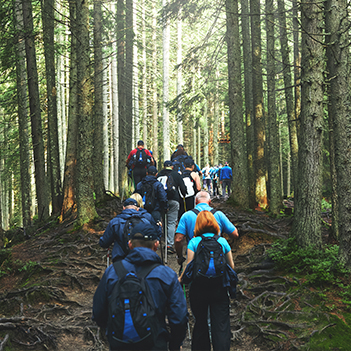Historical information - Route section 4
![]() Back to Historical information overview
Back to Historical information overview
![]() Download as pdf file
Download as pdf file
Section 4: Alvechurch to Tanworth-in-Arden
From Alvechurch, the route crosses the River Arrow, a few miles from its source at Beacon Hill; it flows roughly southeast to join the Avon.
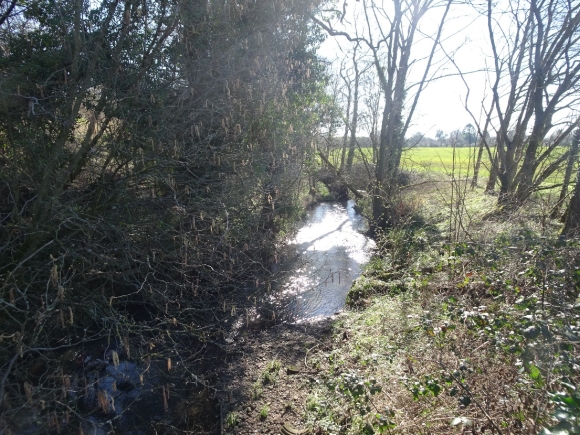
After passing under the A441, we skirt Newbourne Hill; visible at the top is Newbourne Wood, formerly owned by Constance Cadbury - the great-granddaughter of John, the founder of the chocolate company - and her husband Christopher Tangye. In 1970 they donated the wood to Worcestershire Nature Conservation Trust, the forerunner of Worcestershire Wildlife Trust. It was originally primarily coniferous; the Trust has felled some of the conifers for timber and replaced them with deciduous trees.
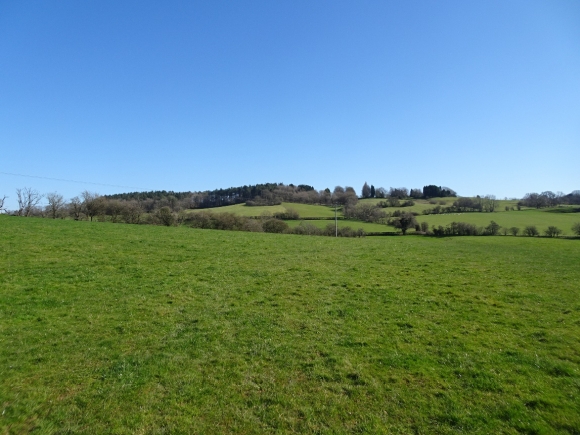
On leaving the wood, we reach the northern edge of the village of Rowney Green, which during the nineteenth century housed workers in the needle mills of Redditch - the footpath leading south from the village through Bordesley Park (not on the EBB100 route) became known as the Needlemakers' Path. At one time 90% of the world's needles were made in Redditch; the old Forge Mill now houses a museum documenting the history of the industry.
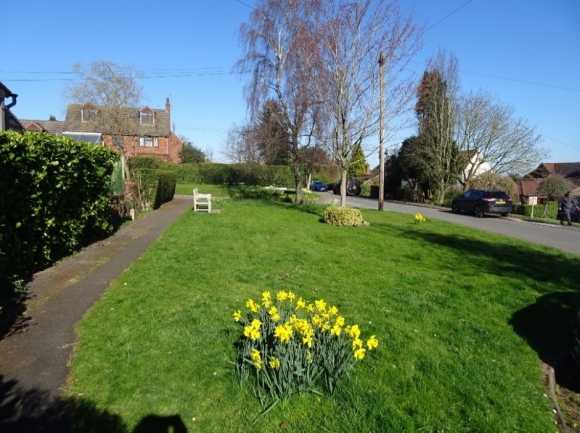
To the south of the route lies Rowney Green's Village Hall - the present structure built in 1960, replacing a second hand army hut which was purchased for the use of the village by a local resident, Albert Wheeler, after World War One, and transported to its intended location by horse and cart from Alvechurch station. Officially the Rowney Green Peace Memorial Hall but referred to as "the Hut", among other uses it hosted summer holiday camps for underprivileged children from Birmingham - organised by Hugh Randall, a local teacher, and his wife Annie. Hugh died before the new hall was built, and its gates were dedicated as a memorial to him. There is no permanent pub in the village, but the hall hosts a pop-up pub, the Goat and Trousers, on Friday evenings.

East of Rowney Green, Icknield Street follows part of the Roman road of the same name, which originally stretched from Bourton on the Water in Gloucestershire to Templeborough in Yorkshire; this surviving section only runs between Redditch and Stirchley, beyond which the route has been built over. Barton Farm, around 500m south of the point where the route crosses the road, was a medieval coaching inn.
The route ascends Hob Hill to the trig point at the top; at 182m this is the highest point in the last 85 miles or so of the route after the Waseley and Lickey Hills have been crossed. Look behind you on the way up for views of the surrounding countryside. One of the sources of the River Cole is near here - you'll be seeing more of the Cole later.
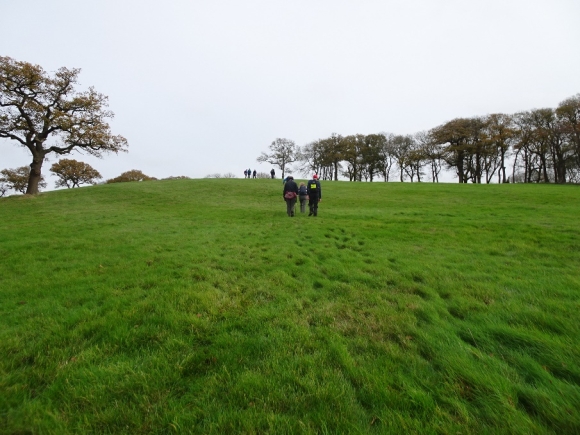
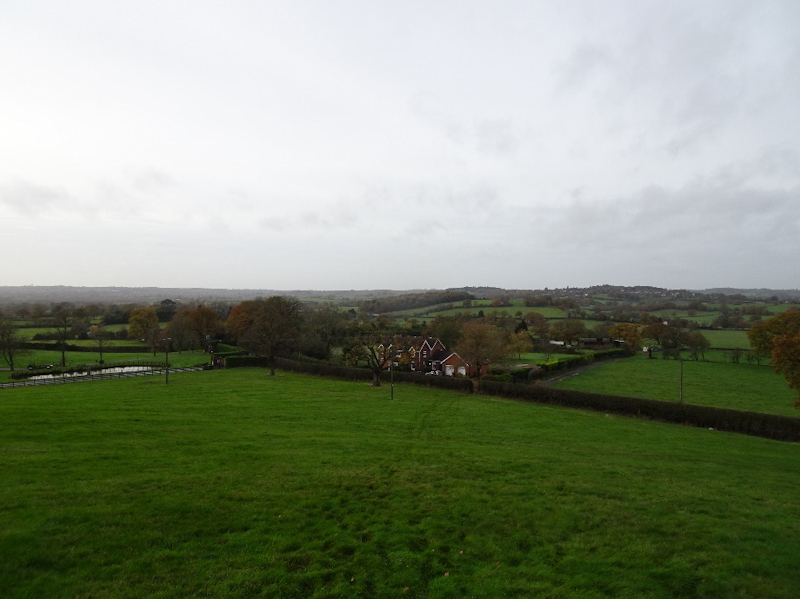
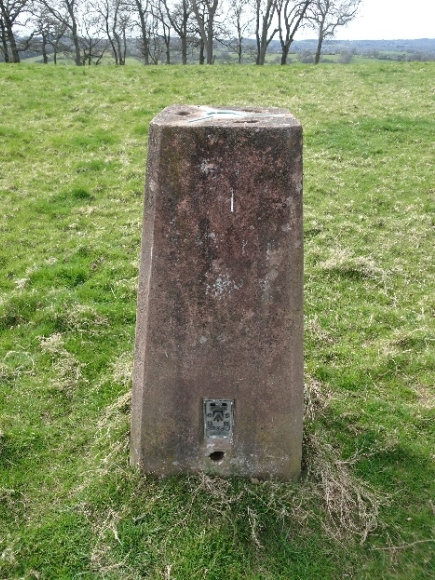
Down from Hob Hill and past a few houses, we come to Dominion Racing Stables, covering 220 acres and enjoying "the enviable record of producing a winner in each and every British racecourse" (their words).

The path through the stables emerges at the corner of Carpenters Hill, where someone apparently collects old farm machinery.
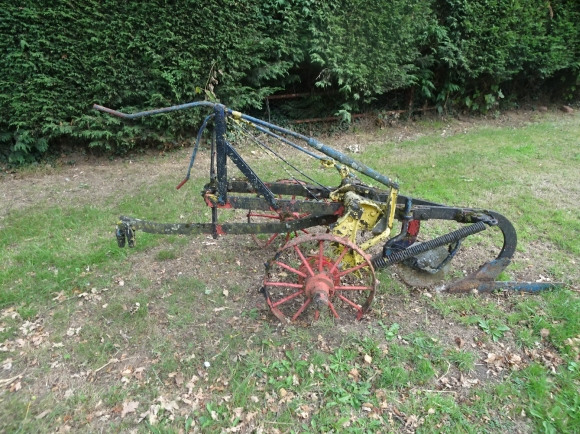
We leave the road at a stile which has recently had an extra step added for the benefit of the short of leg. The next section through fields includes Attwell Farm Park, where walkers may share the fields with emus and alpacas as well as more common species of farm animal.
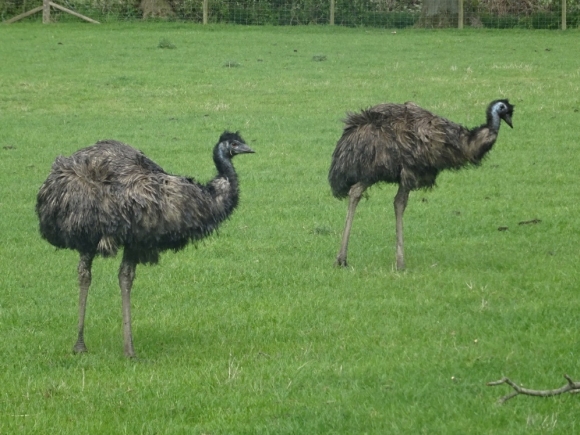
Where the enclosed path from the farm park emerges into an open field, the lovely folk at Redditch Ramblers have recently installed a shiny new kissing gate. Until October 2022, your options here were to risk a broken stile or climb over the fence instead.
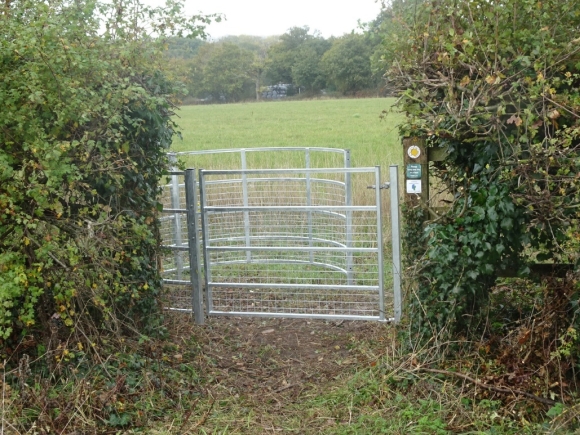
At the end of the last field before the road is another present from those nice Ramblers. Although the stile which was previously here wasn't actually broken, it was overgrown and hard to find so the kissing gate is a definite improvement! It takes us to Branson's Cross - as the name suggests, there was originally a cross on the site; in 1655 the accounts of the church at Beoley, of which parish it forms a part, recorded that 4s was paid for a dial, and 6d for "hewing the Top of the Crose for to sett a dyall on". No trace of the cross remains, and Branson's Cross today consists of little more than a roundabout and the adjacent truckers' café. Beoley village lies a mile or so off the route; the manor house of Beoley Hall dates from around the turn of the 18th century, built on the site of an earlier medieval manor, and has been converted into apartments. The earthworks known as The Mount, in a field opposite the church, are all that remains of a 13th century castle.
There was a medieval manor at Aspley Heath, and records of a moat at what is now Park Farm (where the path leaves the road, but no trace remains of either and it is now no more than a hamlet.
The River Alne is a tributary of the Arrow, and at this point forms the boundary between Worcestershire and Warwickshire. There used to be a wooden footbridge here, which was broken, left for a while with warning tape on then eventually removed completely but not replaced. Most of the time the river was narrow enough to step over, but until recently whenever it was in spate the only option was to wade across it - then in 2022 the landowner culverted the river and constructed an earth bridge over it.

The first house on the right as we arrive in Bates Lane, Tanworth-in-Arden (the suffix, already in informal use, was officially added to the town name in 1967 in order to differentiate it from Tamworth in Staffordshire) has a blue plaque identifying it as the childhood home of folk musician Nick Drake, who died of a drug overdose in 1974 aged only 26. Although he had little commercial success in his lifetime, and remains unknown to most music fans, he has developed a small but dedicated group of followers who hold an annual gathering in Tanworth.
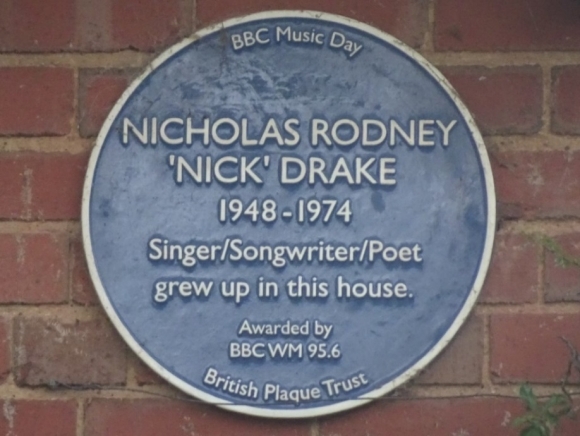
The checkpoint venue at the Village Hall was opened on 29th October 1927 - designed by George Bernard Cox, constructed by local builder George Woodcock, funded by Andrew Hoseason and donated by him to the people of the village in memory of his wife Eliza; portraits of both Hoseasons hang inside the hall. Other villagers donated equipment for it. The deed of the hall specified that, while the committee could if they saw fit allow non-residents of the parish to use the venue, users "shall be sober and industrious and of good character" - a description which we're sure applies to all EBB100 entrants and marshals! At their first meeting, the committee set the hire fees at £1 for the first four hours and 2s 6d for each additional hour for users from the village, with a surcharge of 50% for non-residents (they've increased a bit in the subsequent 96 years). The hall held celebrations in 1935 for the Silver Jubilee of George V, two years later for the coronation of George VI (initially intended to be for that of Edward VIII, until his abdication when preparations had already been in progress for a month) then in 1953 for that of Elizabeth II. An extension was added on the tenth anniversary of the original opening; the building was renovated and modernised in 1970-71 and again in 2001.



